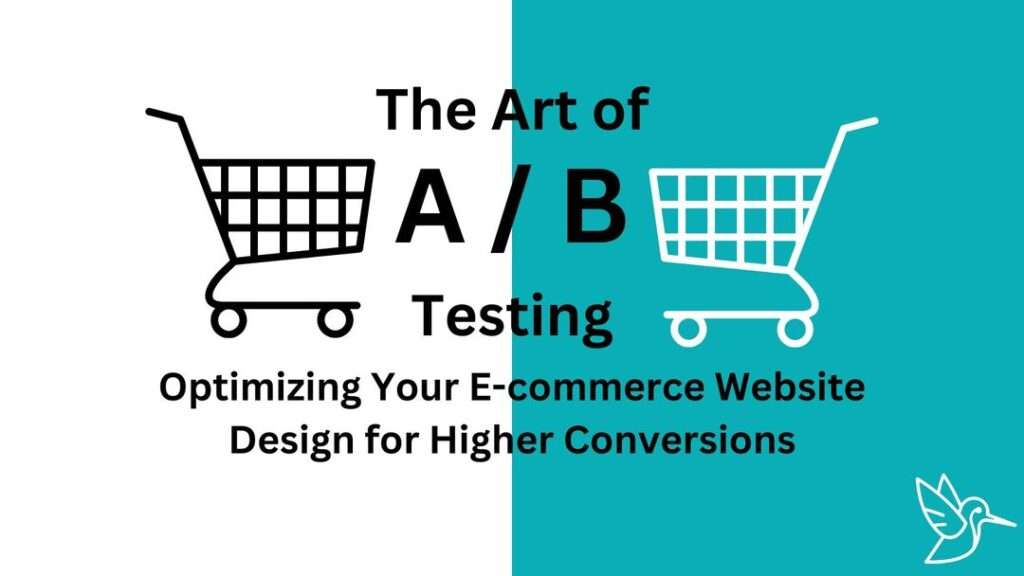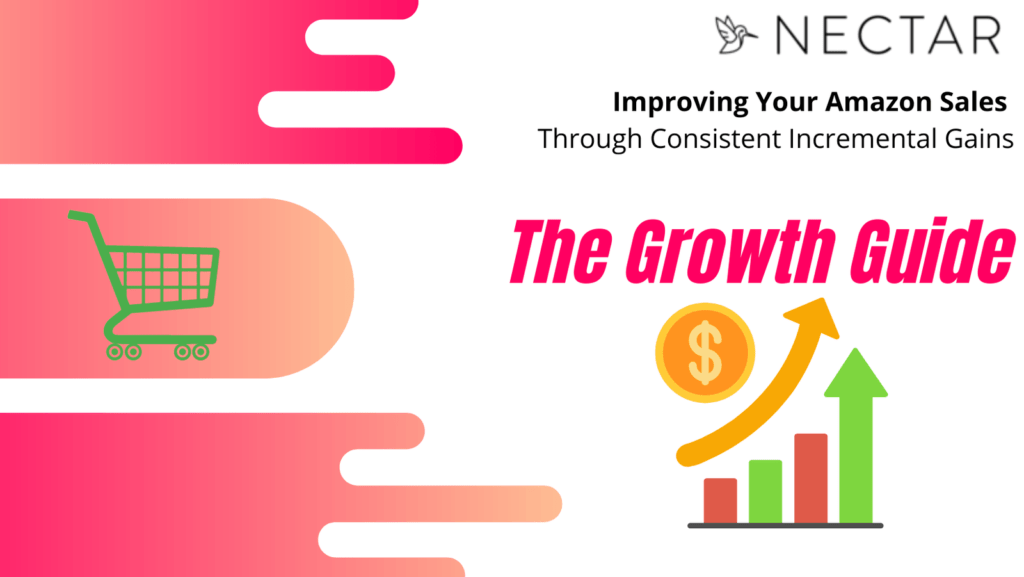When working on your Amazon PPC strategy, sifting through various campaign types, it can be difficult to know where to focus. We like to think of the buyers journey like a meal. There’s the appetizer (top of the funnel), main course (middle of the funnel), and dessert (bottom of the funnel). Each part contributes to the overall experience, yet each has its distinct role. But how do you make sure all these elements work together to give you a balanced PPC strategy? Here’s a guide on leveraging the full funnel of campaigns on Amazon advertising and setting expectations based on the funnel stages.
Sponsored Products: The Appetizer
These campaigns are your first point of contact with the customer, akin to an appetizer that whets the appetite. These ads introduce your product to shoppers actively seeking items like yours. This is the top of the funnel, where reach is extensive, but intent might not be as focused. Since this is the initial touchpoint, you might need to bid higher to stand out among the competition, but the exposure can be well worth it.
Sponsored Brands: The Main Course
Think of these as the main course, where the action really starts to heat up. Sponsored Brands showcase your brand and product portfolio, giving shoppers a broader view of what you offer. It’s the middle of the funnel, where you start to see a stronger purchase intent. While the cost might be a bit lower than Sponsored Products, setting competitive bids is crucial to maintaining visibility and driving brand discovery.
Sponsored Display: The Dessert
Lastly, the dessert – the grand finale that leaves a lasting impression. Sponsored Display campaigns retarget shoppers who have viewed your products or related ones, or even those who have abandoned their carts. This is the bottom of the funnel, where the customer intent is most focused, and the chance of conversion is highest. The bids for Sponsored Display may vary significantly based on competition and targeting settings, but with a higher chance of conversion, they offer a solid return on your ad spend.
Strategically leveraging all three types of campaigns, you can guide customers through their purchase journey, from awareness to consideration, and ultimately, to conversion. But remember, each campaign’s performance (specifically Return on Ad Spend (ROAS) and Advertising Cost of Sale (ACoS)) will vary depending on where in the funnel it is.
Allocating the Budget
When starting with a specific budget to allocate to each of the ad types, you might consider allocating a larger portion of your budget to Sponsored Products, as they often drive the highest volume of sales. This is due to their high visibility on product detail pages and within search results. However, remember to balance this with a solid investment in Sponsored Brands, which can increase brand recognition and introduce potential customers to a wider range of your products. Lastly, don’t forget to set aside funds for Sponsored Display campaigns. These ads can be vital for retargeting customers who have shown interest in your products, potentially tipping the balance in your favor for those final purchasing decisions. In the end, the right budget allocation will depend on your unique business goals, target audience, and overall marketing positioning.
In essence, think of your Amazon PPC strategy as a well-planned meal, from start to finish, with the intention of pulling the buyer through. Understand that each course (or campaign type) has its role and that the success of one stage can flavor the next.
Remember, if you need assistance setting up your PPC campaigns, reach out to us at Nectar. Our advertising team is ready to execute strategies that work for your unique needs, ensuring you make the most of Amazon’s full advertising funnel.






